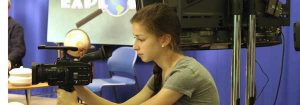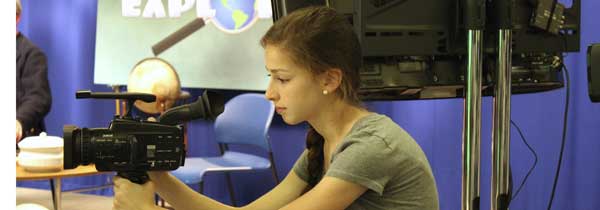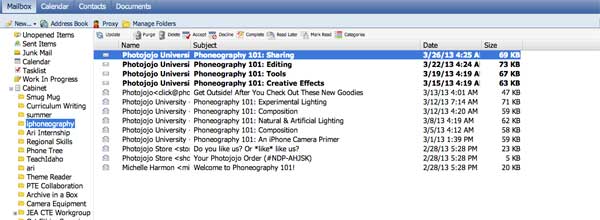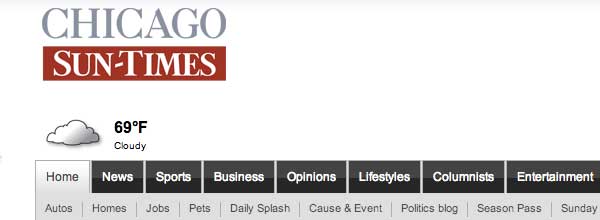Broadcast journalism skills, objectives and learning outcomes

The overall skills broadcast journalism students may learn in a high school course will depend upon the type of program you choose to run at your school. However, with these variables, there are also some tried and true learning outcomes that you should come to expect from your students.
Upon taking a basic broadcast journalism, video production, foundations, and principles course, as the adviser, you could include the following learning objectives and potential outcomes in your syllabus.
Upon completion of this course, students will be able to:
-
Apply effective and collaborative team communication and management skills to complete the video process from pre-production script development through the production capture of quality video image and audio.
-
Understand the following digital video terms and apply the technique or concept using a digital video camera: storyboarding, cinematic camera angles, lighting: key light, fill light, backlight, background light.
-
Use a digital video camera to capture images using the following camera techniques and cinematography: rule of thirds, head room, talking space, close-up, medium shot, establishing shot, cut-away, basic shot sequence, tilt, pan, and zoom.
-
Demonstrate knowledge of the three phase production processes by creating scripts, formats, storyboards, timelines, schedules and if possible budgets.
-
Demonstrate ability to properly use and operate the studio and field cameras.
-
Identify the target audience (script, narration, storyboard & shooting script).
-
Demonstrate ability to scout locations and prepare location schematics.
-
Select and execute the proper framing of a video shot; demonstrate ability to create different compositions.
-
Demonstrate an ability to conduct a thorough and fair interview of a subject.
-
Setup & control the appropriate lighting on location in a safe manner.
-
Identify the basic elements of a quality audio signal.
-
Identify, select and use appropriate audio (microphone) techniques.
-
Select and import appropriate script music, sound foley effects for post-production sound enhancement.
-
Identify the role of the editor in production process and the focus of the edit to convey the message to the target audience.
-
Evaluate & select original footage as dictated by the scene/script message; choose the editing style that best meets the script format.
-
Capture digital video and edit videos with a standard editing software.
-
Perform the match-cut unobtrusive edit by shooting in sequences, and cutting within the scene, on the action & between the actions for continuity.
-
Use and manipulate transitions and effects in editing software.
-
Apply special effects using the effect controls.
-
Demonstrate how copyright laws affect your ability to use and reproduce others’ work.
-
Research, study and advocate the First Amendment.
-
Publish video work to the web through media-sharing websites and writing reflective blogs.
Of course, when beginning a broadcast journalism course, class or program, there is so much to consider. But if you can identify the necessary learning outcomes for your students, you will be well on your way to successfully preparing your students for the next level.





This is beyond helpful. I wish JEA had these listed for each type of scholastic journalism. For someone who does not have a comprehensive curriculum this is so helpful as we move into Standards Referenced Reporting.
I’m so glad you will find this post useful Stefani. I do know the JEA is working hard to create modules for all journalism disciplines and they hope to have those published by the 2014 spring convention.